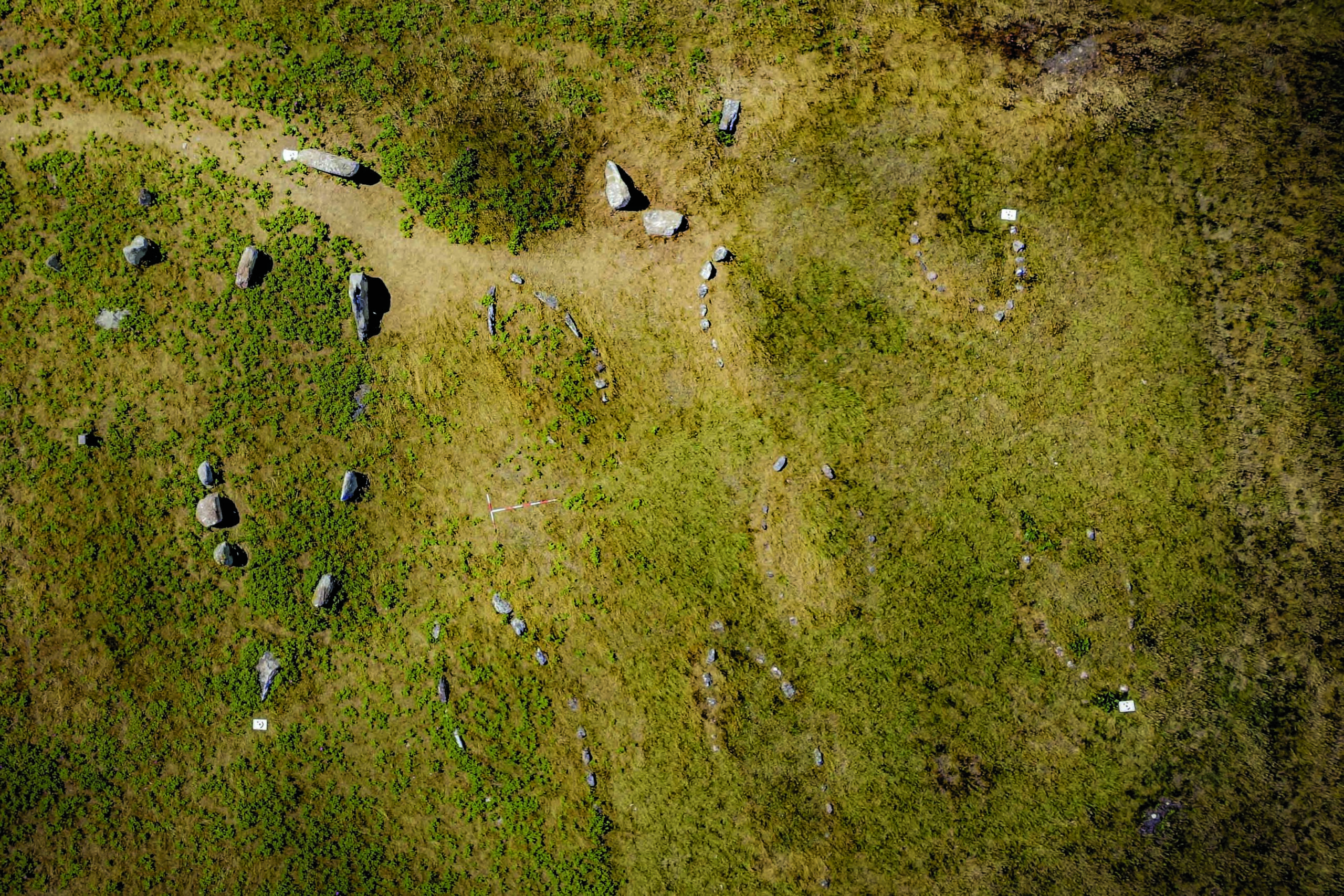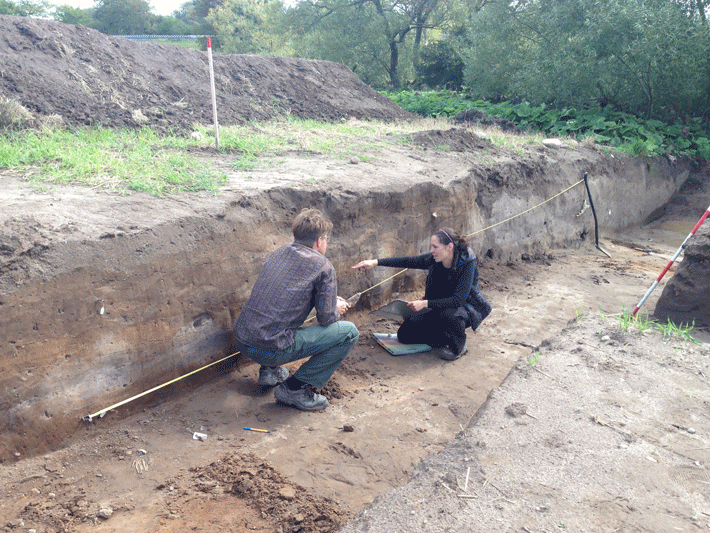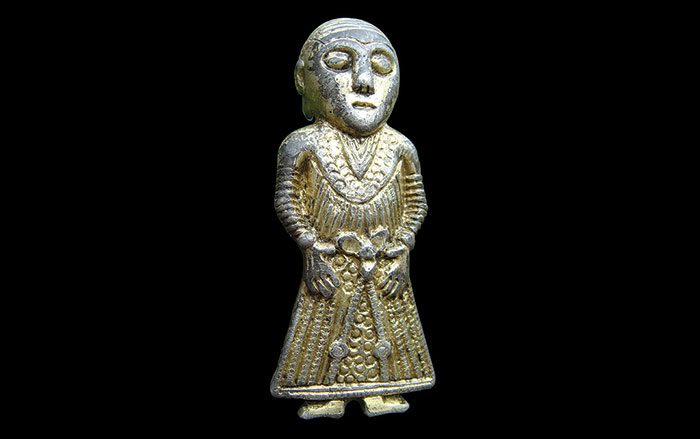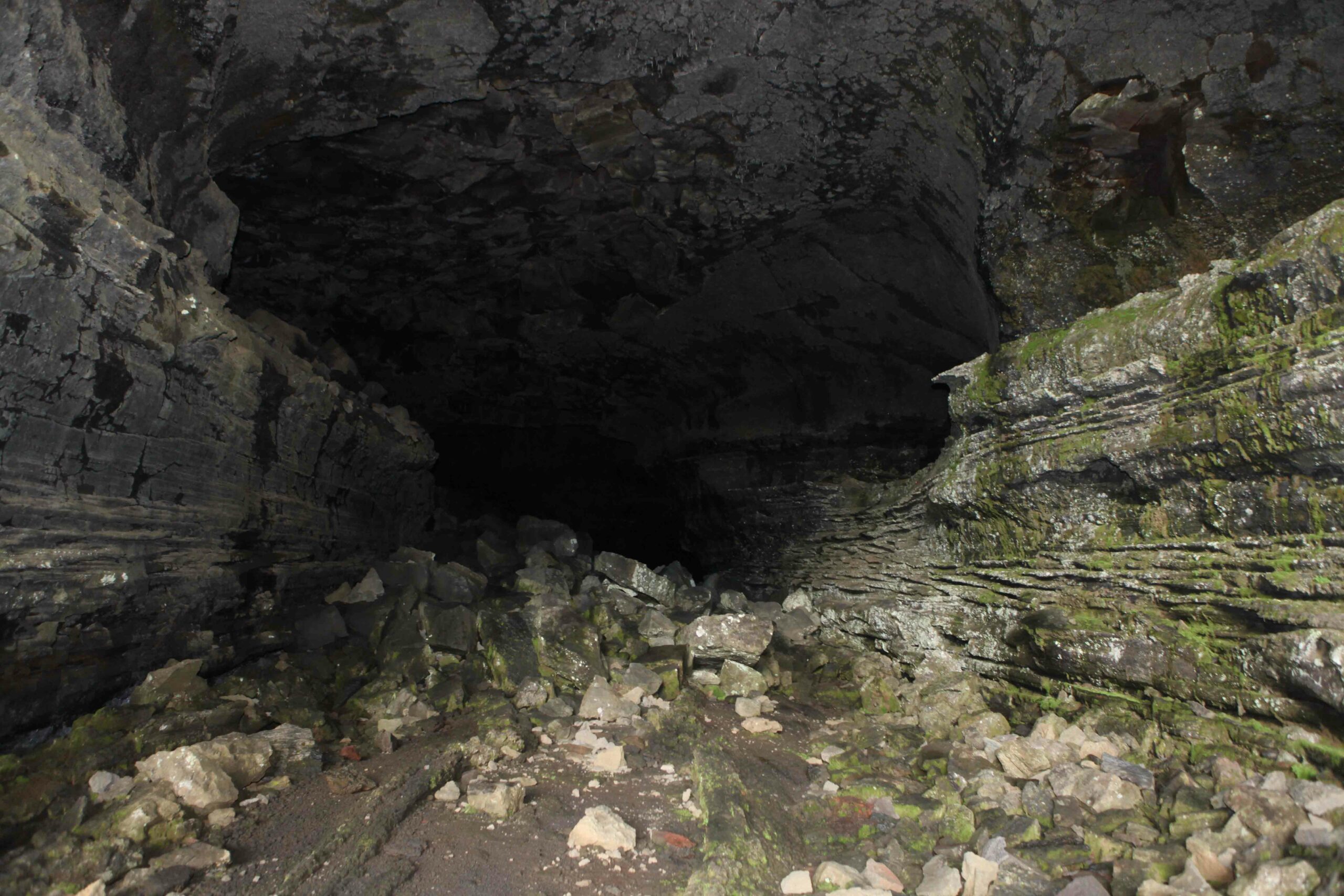VORDINGBORG, DENMARK—Science Nordic reports that archaeologists looking for pit houses on the southeast coast of the island of Zealand discovered what may be a Viking Age privy. The pit contained a layer of sediment containing a high concentration of fly pupae and pollen typically found in honey or mead. A lack of airborne pollen indicates that the hole had been covered. “We know about privy buildings inside cities in the latter part of the Viking Age and the early Middle Ages, but not from agrarian settlements and farms,” said Anna Beck of the Museum of Southeast Denmark. Researchers had assumed that people used their waste, along with that of their animals, to fertilize their fields. Beck suggests that many pits found in excavations at rural Viking sites may actually be privies that were overlooked because the human waste had decomposed, which is not always the case in urban privies. Beck also found two postholes on either side of the pit that may have been part of a small building. Critics of the idea think the waste could have landed in the hole through other means. For more, go to “Hoards of the Vikings.”
Viking Age Pit May Have Been Rural Privy
News June 23, 2017
SHARE:
Recommended Articles
Digs & Discoveries September/October 2021
Viking Fantasy Island

(Courtesy Flinders University)
Digs & Discoveries May/June 2020
Viking Knights, Polish Days

(Photo by Z. Ratajczyk)

(Courtesy The Danish Castle Center, Linen)
Artifacts September/October 2014
Silver Viking Figurine

(Courtesy Claus Feveile/Østfyns Museum)
-
Features May/June 2017
The Blackener’s Cave
Viking Age outlaws, taboo, and ritual in Iceland’s lava fields
 (Photo: Samir S. Patel)
(Photo: Samir S. Patel) -
Features May/June 2017
After the Battle
The defeat of a Scottish army at the 1650 Battle of Dunbar was just the beginning of an epic ordeal for the survivors
 (Mary Evans Picture Library / Alamy Stock Photo)
(Mary Evans Picture Library / Alamy Stock Photo) -
Letter from Greenland May/June 2017
The Ghosts of Kangeq
The race to save Greenland’s Arctic coastal heritage from a shifting climate
 (Photo: R. Fortuna, National Museum of Denmark 2016)
(Photo: R. Fortuna, National Museum of Denmark 2016) -
Artifacts May/June 2017
Maya Jade Pectoral
 (Courtesy Toledo Regional Archaeological Project, UCSD)
(Courtesy Toledo Regional Archaeological Project, UCSD)


